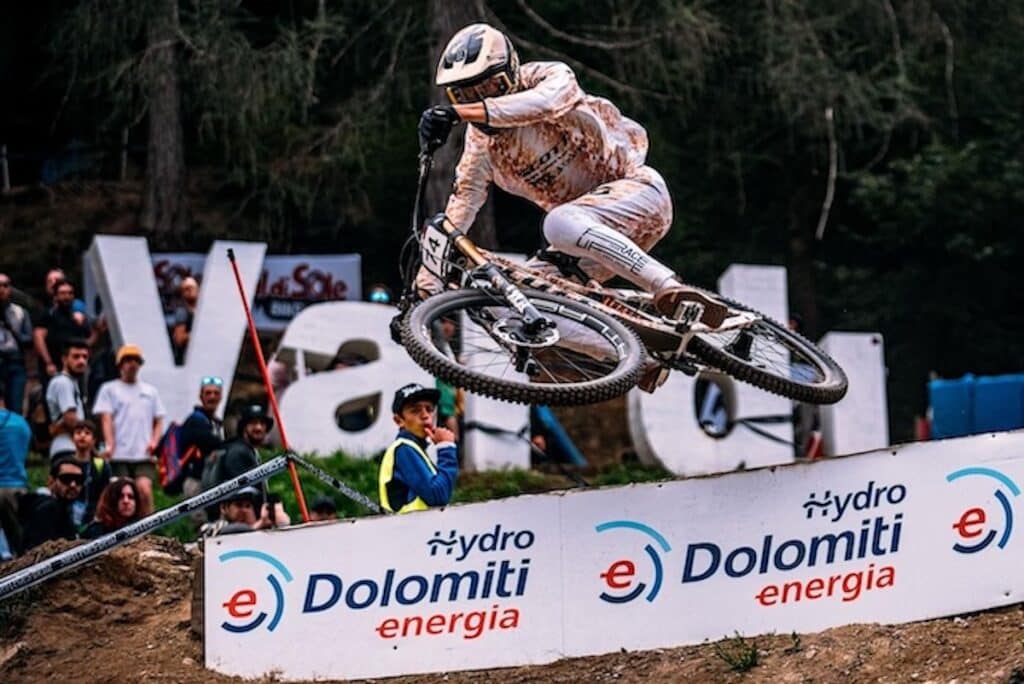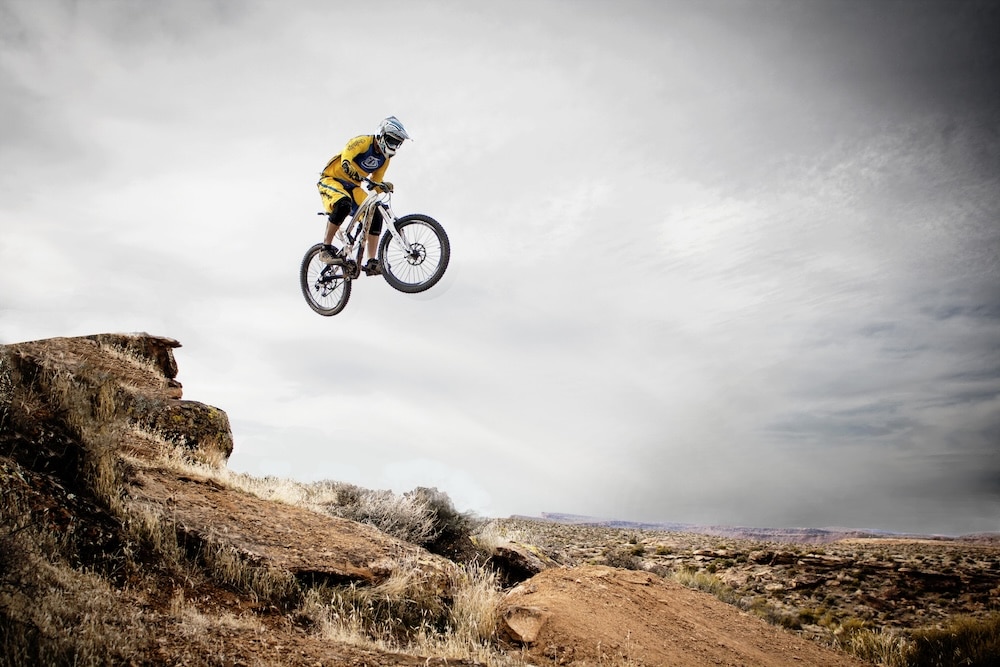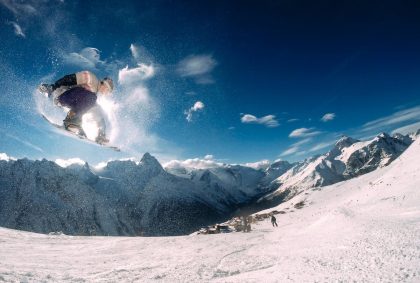Downhill mountain biking (MTB) is one of the most intense and exhilarating disciplines in the cycling world. With steep descents, technical terrain, jumps, and high speeds, every ride pushes your limits—and your gear’s.
Whether you’re hitting a bike park, racing through forests, or taking on rocky mountain trails, you’re putting your bike and your body to the test. That’s why having MTB insurance isn’t just a good idea—it’s a must.
Most downhill riders use high-end mountain bikes equipped with premium components and accessories. A crash, a fall, or even theft can lead to costly repairs or replacements. Unlike standard home insurance, a specialized bike insurance policy ensures your MTB is fully covered, whether you’re at home, in transit, or riding abroad during an event or race.
A good MTB insurance plan can cover:
- Accidental damage on or off the trail
- Theft (even from a locked vehicle or garage)
- Travel coverage for international riding trips
- Personal liability if someone else gets injured
- Optional add-ons for racing events, accessories, and bike hire
Downhill biking means high stakes. Don’t let a crash or stolen bike ruin your passion. Compare mtb insurance quotes, check the excess, and find the best coverage tailored to your ride style—so you can focus on the ride, not the risks.

The Origins of Mountain Biking and the Rise of Downhill MTB
Mountain biking was born in the 1970s, when cycling enthusiasts started modifying road bikes to tackle off-road trails. Over time, it evolved into a diverse sport with multiple disciplines—among them, downhill MTB, now one of the most extreme and adrenaline-fueled branches.
With gravity-driven descents, jumps, and technical terrain, downhill mountain biking attracts thrill-seekers worldwide. Riders often access high-altitude trails via shuttles or cable cars, ready to test their skills on steep slopes and rough ground.
Given the value of modern mountain bikes, packed with top-tier components, suspension systems, and custom gear, damage or theft can be a costly blow. Whether your bike is stored at home, taken on daily cycling commutes, or used for international events and rides, the right mtb insurance ensures protection in all situations.
As bike theft, accidental damage, and travel-related risks grow, especially for high-end MTB setups, having cycle insurance is no longer optional—it’s essential. A solid policy can cover your bicycle, accessories, and even provide liability protection, so you can ride with peace of mind.
MTB Racing and International Events
The downhill scene includes iconic events like the UCI Downhill World Cup and Red Bull Rampage. These international competitions draw the best racers and put both rider and equipment to the test. Mountain bikes used in racing often feature SRAM drivetrains, advanced disc brakes, and durable components. Our insurance policies offer flexible protection options that cover MTB events, organised races, and cycle travel. You can insure multiple bikes under one policy, opt for additional accessories cover, and protect against liability claims or personal injuries on the track.

Essential Bikes and Equipment for Downhill Riding
Downhill mountain biking requires more than just a solid frame—it’s a complete setup built for performance and protection. From full-face helmets and chest protectors to knee pads, GPS trackers, and heavy-duty locks, every piece of gear matters when you’re navigating technical descents at high speed.
But with high-value bikes, premium accessories, and essential safety equipment, the risk of damage or theft increases. That’s why a comprehensive MTB insurance policy is essential—not just for your bike, but for the full range of gearyou rely on.
Our plans allow you to:
- Insure your bicycle and accessories against accidental damage, theft, or loss
- Add cover for items like helmets, trackers, and protective gear
- Stay protected at home, during travel, or when attending bike parks and racing events
Whether you’re investing in your first mountain bike or upgrading to the latest racing setup, our mountain bike insurance adapts to your needs—so you can ride with confidence, knowing your equipment is fully covered.
MTB Insurance for Every Rider: From Beginners to Pros
Downhill mountain biking isn’t just for elite athletes—it’s an exciting and growing sport that welcomes riders of all levels. From smooth green trails to technical black descents, bike parks and natural paths are now more accessible than ever.
Whether you’re a new cyclist discovering the thrill of MTB or a seasoned pro competing in events, your gear deserves the right protection. That’s where our MTB insurance comes in.
Adapted to your lifestyle, our plans let you :
- Insure one or several bikes with flexible multi-bike policies
- Choose coverage based on how often you ride: daily, weekly, or seasonal
- Protect your gear whether you’re biking locally or travelling internationally
Add coverage for accessories, damage, theft, and personal injury

Safety and Insurance for Downhill Mountain Biking
Mountain biking involves serious risk. From high-speed descents to rough terrain, riders need both physical preparation and financial protection. Standard cycle insurance often doesn’t include cover for MTB-specific activities or events, but our dedicated policies do.
With Assure Ton Sport, you get:
- Full cover for theft, accidental damage, and bike loss
- Protection for travel, home use, and cycle events
- Optional personal liability and injury cover
- Insurance for accessories such as locks, helmets, and GPS units
- Daily, monthly, and annual plans to match your usage
- Low excess and fast claims service
- Cover for racing and recreational events
- Cycle claims handled quickly and transparently
- Flexible quotes based on bike value and use
- The best policy options for MTB riders in Europe and beyond
Don’t let a stolen bike, damaged frame, or lost accessory ruin your experience. Insure your ride today with the best mountain bike insurance available.
Get your quote instantly at AssureTonSport.com and enjoy your next biking adventure with total peace of mind.



